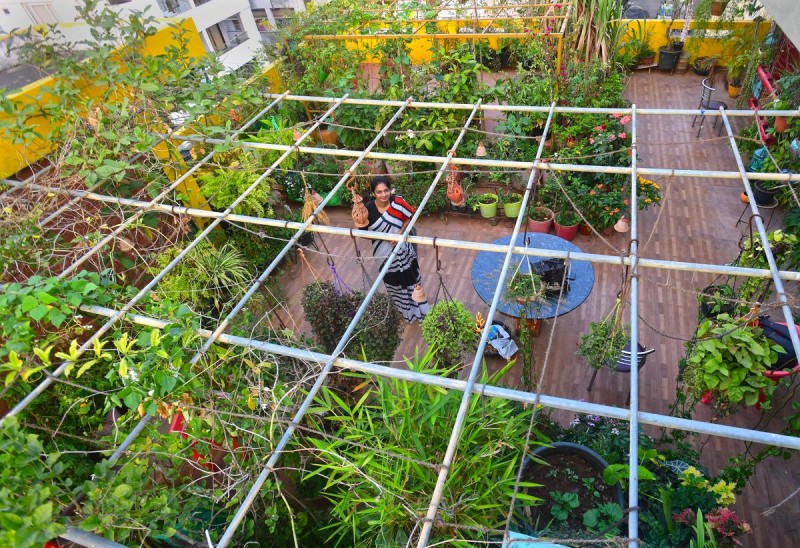
Gardening is a rewarding and fulfilling activity that allows us to connect with nature and create beautiful outdoor spaces. One of the key aspects of maintaining a thriving garden is providing the right amount of water to your plants. While watering is crucial, timing plays a significant role in ensuring the health and vitality of your garden plants. In this article, we will explore the best practices for watering your garden plants in the morning, highlighting the benefits and reasons behind this approach.
The Importance of Morning Watering
Benefits of Morning Watering
Watering your garden plants in the morning offers several advantages that contribute to the overall well-being of your plants:
Optimal Absorption: During the morning hours, the temperature is cooler, and the sun's intensity is milder. This allows plants to absorb water effectively without the risk of evaporation or scorching.
Reduced Risk of Diseases: Morning watering allows excess moisture on leaves to dry off quickly due to the sun's gentle warmth. This reduces the chances of fungal and bacterial diseases that thrive in moist environments.
Stronger Roots: When you water in the morning, plants have ample time to absorb the moisture and develop stronger root systems throughout the day, which is crucial for their growth and stability.
Understanding Plant Watering Needs
Different plants have varying water requirements, and understanding these needs is essential for effective morning watering:
Newly Planted Seeds and Seedlings: Young plants have delicate root systems that need consistent moisture. Water them gently in the morning to encourage healthy growth.
Established Garden Plants: Mature plants have deeper root systems and can withstand drier conditions. Water them adequately but avoid over-watering to prevent root rot.
Container Plants: Potted plants tend to dry out faster due to their limited soil volume. Water them thoroughly in the morning to ensure they have enough moisture throughout the day.
Creating a Morning Watering Routine
Assessing Soil Moisture
Finger Test for Moisture: Insert your finger into the soil up to the second knuckle. If it feels moist, hold off on watering. If it's dry, it's time to water.
Ideal Watering Techniques
Root Zone Watering: Direct water to the base of the plants, ensuring that the root zone receives adequate moisture.
Mulching: Apply a layer of mulch around plants to retain soil moisture, reduce weed growth, and regulate soil temperature.
Avoiding Over-Watering
Signs of Over-Watering: Yellowing leaves, mold growth, and a sour smell are indicators of over-watering. Adjust your watering frequency accordingly. Watering your garden plants in the morning is a strategic approach that aligns with the natural rhythms of plant growth and the environment. By following the best practices outlined in this article, you can ensure that your garden thrives and blooms beautifully. Remember, each plant has unique needs, so pay attention to your garden's specific requirements for optimal results.
5 Jeans That Work Best For Your Body Type | Style Guide
Riding Green: Royal Enfield's New Eco-Friendly Jacket Revolutionizes Motorcycle Gear